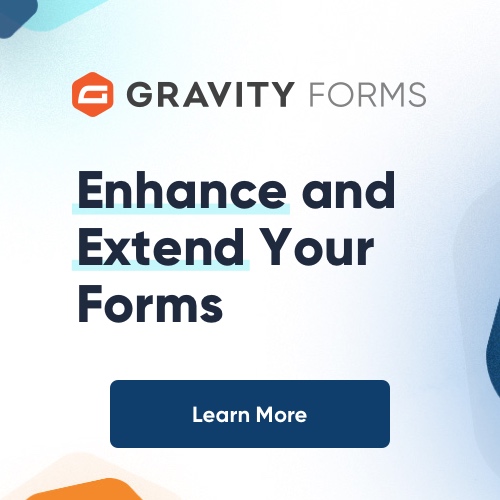When you need to build several html pages for your website or just publish an html snippet, there are several ways to do so. First one is to pay someone to do this. Not an option. Second one is to learn HTML and build your pages in Notepad or any other simple text editor (no MS Word, of course!), but if you would rather not become a geek at hand coding HTML, then you need a WYSIWYG editor (What You See Is What You Get).
WYSIWYG editors allow you to see how your pages or code snippet will look as they are being created. The editors hide the HTML code from the user, making it possible for novices to easily create web pages. They are easy in use and have user interface similar to MS Word. Learning how to use such an editor, doesn’t require previous knowledge of HTML standard or programming skills. These editors also allow you to type in HTML code with a built in text editor.
Among the most popular desktop WYWIWYG editors in the market are Adobe Dreamweaver and FrontPage. But we will be focusing on the wysiwyg web editors that could be used inside other web applications, not only as standalone scripts.
There are a lot of online html editors in the web and you could easily find some using a search engine. Some of them are released under an open source license (that does not always mean you may use them in your commercial apps freely), others use proprietary license agreements.
“Free” editors are the best choice if you are ok with the standard set of features or you are a programming guru ready to customize them or add new functionality. The biggest disadvantage of the commercial editors is that they cost money. But they provide good support, fix bugs free and fast, have a trial version and usually are more powerful.
The most popular online html editors provide user with the similar features and it is difficult to decide which one is the best for you. But there is something more important then price and design of editor’s toolbar icons.
Clean code
Every time you apply any formatting to your text it results in new tags (e.G. <font>, <p>, <strong>) appearing in HTML code. Inside and between these tags there will be useful content, images and links. In order to speed up page load time and make the page more SEO friendly we should have fewer such tags on the page. If your editor is not able to produce clean code but “tag garbage” only, your pages will become heavy, difficult to understand by search crawlers and almost impossible to be modified in WYWIWYG mode.
An example of such “bad” code could be seen if you paste a text fragment from MS Word into your editor. A good editor has “Paste from Word” or “Clean code” functionality.
Standard compliance
Modern Web 2.0 applications and search engines are sensitive to errors in HTML code that could cause JS errors on your pages and problems with indexing your site. So, the best choice is an editor which could produce XHTML 1.0 well-formed code. Example of such editor is Rich Editor, online html editor powered by H2X html to xhtml converter.
Security
Advanced web html editors provide an ability to upload files via built in file manager. This is great and… Dangerous as it could gain access to files on your server. Security holes in such scripts could result in your site being hacked and your data being stolen. So, be sure first that your editor wont make your site more vulnerable. Well known is a case when WordPress-driven sites using such an editor were hacked.
Cross-browser
Not only Internet Explorer and Firefox should be supported by the editor, but also such browsers as Opera, Safari and Google Chrome. E.G. Chrome has about 4% of the market right now and it is increasing.
Any of the most popular online html editors on the market definitely has 99% of the features you could need in your work. But the most important when choosing an editor are not these standard features, but details that are often not visible and not obvious. Considering the recommendations of the article will help you to make the right choice, avoid of possible problems and benefit from using your online html editor.

